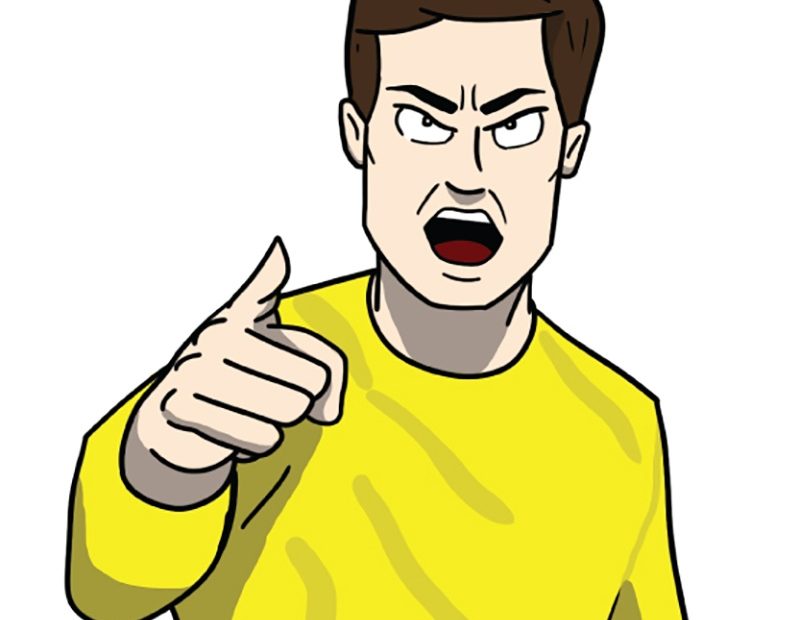NICABM – How to Work with Clients Who Blame
How to Work with Clients Who Blame: Expert Strategies to Shift Your Client Out of Anger, Pain, Resentment and Blame
Blame is a powerful emotion.
Problem is, blame’s power can also be addictive. When a client blames others, they often feel more certain in their belief or they feel more protected from painful emotions like shame.
But this protection comes with unintended consequences, because blame can push people out of the client’s life and poison so many of their intimate relationships.
So how do we help clients who struggle with blame?
We asked 22 world-renowned experts how they work with clients who blame. These are their top strategies.
What you’ll learn in How to Work with Clients Who Blame
How to Work with Clients Who Blame
MODULE 1: The Neurobiology of Blame
The Neurobiology of Blame
Dan Siegel, MD Shelly Harrell, PhD Ron Siegel, PsyD
Rick Hanson, PhD Kelly McGonigal, PhD
- Why we’re hardwired for fault-finding
- Two types of self-awareness that can foster blame
- The link between rumination and blame
How to Work with Blame When a Client Has a History of Trauma
Bessel van der Kolk, MD Rick Hanson, PhD
- How trauma can propel a client into patterns of blaming
- How to work with highly-sensitive blame triggers in clients who’ve experienced trauma
MODULE 2: How to Work with Clients Who Externalize Their Blame
The Missing Skill That Can Release a Client Frozen in Blame
Marsha Linehan, PhD Michael Yapko, PhD Rick Hanson, PhD
Kelly McGonigal, PhD Ron Siegel, PsyD
- Two polar opposite ways a client often assesses blame (and why both lead to pain)
- Two rigid beliefs that can make a client highly prone to blaming others
How to Help Clients Move from Blame into Self-acceptance and Kindness
Ron Siegel, PsyD Chris Germer, PhD
- The hidden issue often lying just beneath the client’s pain (and may be the key to successful treatment)
- How to help clients break a pain-blame loop
How the Loss of Mentalizing Fuels Blame
Peter Fonagy, PhD
- Why your client’s blame may be linked to a deficiency in their ability to mentalize
- The unique phenomenon that can heighten the intensity of a client feeling wronged
MODULE 3: How to Work with Blame That’s Protecting a Client From Shame
How to Work with Clients Who Fear Self-Blame
Richard Schwartz, PhD Christine Padesky, PhD
- How to work with blame in clients who show signs of narcissism
- How to help clients whose externalized blame is protecting them from internalized blame
- Why certain clients who blame will seek treatment only when they’re depressed
How to Reverse Black-and-White Thinking That Drives a Client’s Blame
Lynn Lyons, LICSW Kelly McGonigal, PhD Joan Borysenko, PhD
- How to adjust your language to reduce the potential for client defensiveness.
- The deep fear that keeps some clients from admitting fault in an issue
MODULE 4: Practical Strategies to Help Clients Break Blaming Patterns
How to Disrupt Blame in Rigid Thinkers
Terry Real MSW, LICSW Ron Siegel, PsyD
- How to approach unfulfilled needs so clients don’t fall prey to blame
- How to work with clients whose blame is powered by issues of grandiosity
Helping Clients Avoid Blame Traps
Kelly McGonigal, PhD Zindel Segal, PhD
- Specific questions that can help clients see the true costs of their blame
- Why the benefits of blaming others can be so addicting for some clients
Four Practical Skills to Spark Change in Others
Bill O’Hanlon, LMFT Joan Borysenko, PhD
- One strategy that can radically shift a client’s use of fault-finding
- One change to a blame pattern that can be a turning point for clients with addiction disorders
MODULE 5: Blame and Relationships
How to Work with a Client Whose Blaming Poisons Their Intimate Relationships
Stan Tatkin, PsyD MFT Ron Siegel, PsyD Richard Schwartz, PhD
- The core deficit that could be fueling a couple’s blame dynamic
- The common blame formula that can foster victimhood (and how to undo it)
- How childhood vulnerabilities play a key role in a couples’ blame cycle
A Bottom-Up Approach to Restore a Relationship Shattered by Blame
Pat Ogden, PhD
- How to recognize the subtle pain signals that may be hiding behind a client’s blame
- How to disrupt a blaming pattern that’s keeping a relationship in pain
MODULE 6: How to Help Clients Shift from a Blaming Mindset to a Growth Mindset
Avoiding Common Missteps When Working with Blame
Shelly Harrell, PhD Rick Hanson, PhD
- Why timing can affect a successful blame intervention
- Why disappointment may be the primary emotion that drives so much blame (and how to resolve it)
How to Prevent Resentment and Guide Clients to Growth
Michael Yapko, PhD
- Why some families can be particularly susceptible to a blaming relationship
- How to help clients connect blame to the way they approach expectations
About NICABM
We proudly provide continuing education for practitioners who are dedicated to being the best in their craft. Our goal is to develop programs that connect you with the top experts and the latest strategies in the field, to help you achieve better outcomes, more quickly with each of your clients.
Course Director – Ruth Buczynski, PhD:
Dr. Ruth Buczynski is a licensed psychologist and founder and president of The National Institute for the Clinical Application of Behavioral Medicine (NICABM). NICABM helps physicians, nurses, psychologists, social workers, and counselors – practitioners who have some of the most significant and life-changing missions on the planet – provide cutting-edge, research-based treatment strategies to their patients. For more than 25 years, NICABM has offered accredited training and professional development programs to thousands of practitioners worldwide.

